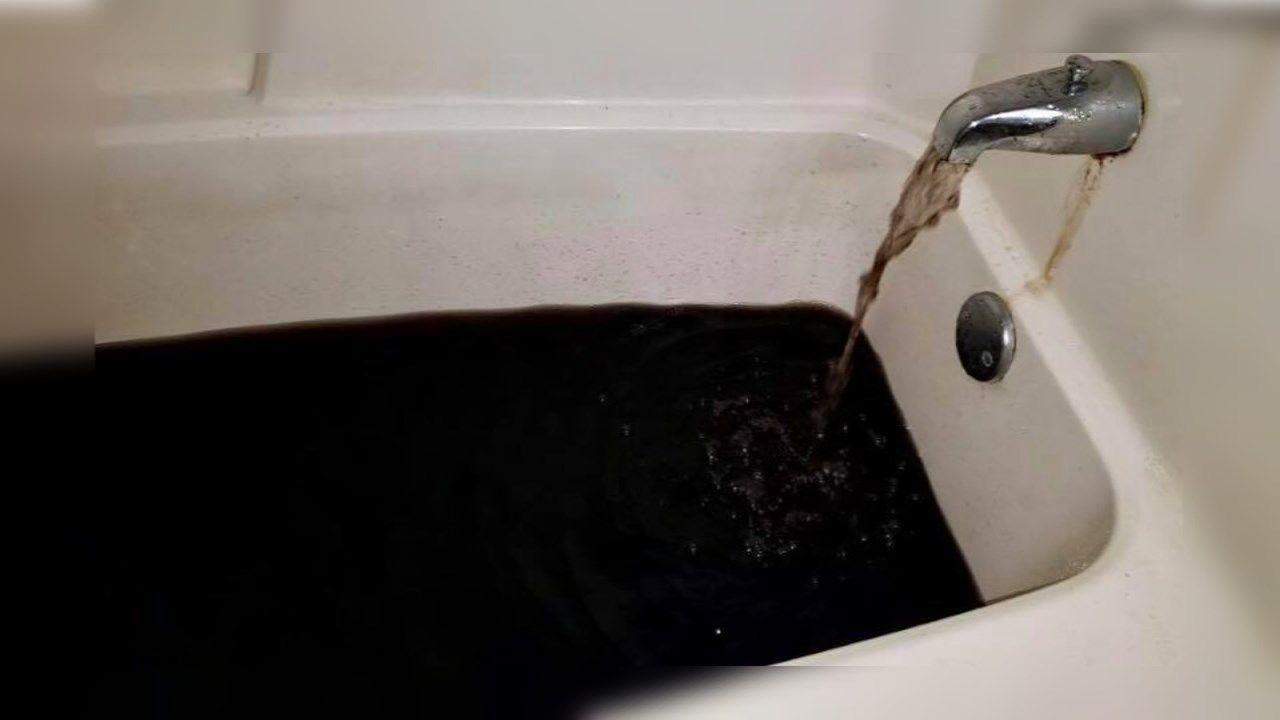If you have experienced a clogged drain before, you will do anything to keep your pipes clean. If “anything” means pouring bleach into the sink, you will run it.
However, there are better chemical compounds or household cleaners to pour down your sink than bleach. Bleach is a mixture of chlorine, water, and salt; even if your sink can be dirty, it shouldn’t always be there.
Depending on the concentration of the bleach, it will remove all unnecessary bacteria from the sink, including the necessary ones. What is worse? It can react with other compounds in your sink to release harmful gases.
The rest of this article will help you determine whether you can pour bleach down your sink drain.
JUMP TO: What Happens When Bleach is Poured In Sink | Bleach Reactions | Bleach Effect Septic Plumbing System | Methods to Pour Bleach | Cleaning Alternatives |
- Bleach clears the pipe system but can cause other plumbing issues
- Avoid physical contact with the bleach. It can go as far as blinding your eyes if it touches the eyes.
- If you must pour bleach down your sink, don’t mix it with any cleaning agents.
What Happens When You Pour Bleach In The Sink
Honestly, most of the bleach you will find in regular grocery stores doesn’t have heavy concentrations. Most of the compounds you will see at that point have a concentration of around 6%.
This explains why some plumbers advise pouring bleach down your sink at intervals. While they may not be wrong, here is what happens when bleach goes down the drain.
It Will Clear The Pipe System
Bleach is an excellent cleaning solution. When you pour it into your sink, you can rest assured of a clean drainage system.
It is a mixture of sodium, chlorine, and oxygen, which makes it very reactive.
Usually, in its liquid state, the bleach flushes through the drain to the sewer line, removing stains. One downside of bleach as a cleaning agent is it doesn’t dissolve clogs.
That means while the bleach is running down your piping system, it will stop anywhere there are clogs. Over time, bleach remaining in your pipe system can react with other compounds.
Also, most, if not all, sinks have a P-trap that can hold some of the bleach for a while.
Important note: Bleach is an unstable compound, making it reactive so it can mix with any compound.
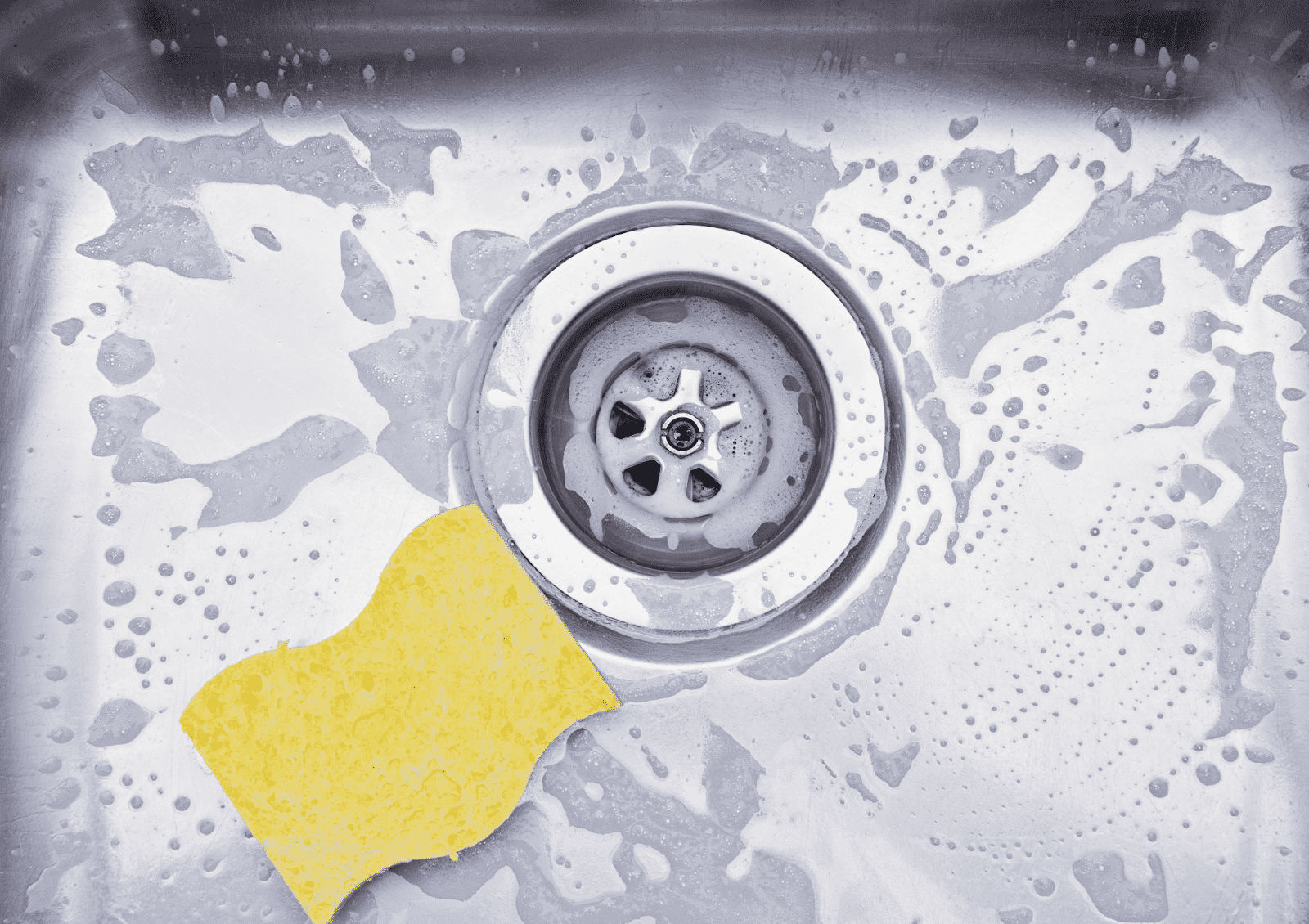
Source: Hunker
Fostering Other Plumbing Issues
If you’ve been using your sink for a while, you should never consider putting bleach in the sink.
Most times, a lot of renovation must have occurred in the sink of older homes, which is weak. Pouring bleach down such sinks will cause more issues like corrosion, among other things.
When there are no problems in the pipe and plumbing system, bleach can trigger it.
Related Read: Why Does My Kitchen Sink Smell? [Causes+Solutions] Explained
Bleach Reaction
Bleach is an unstable compound that reacts at the slightest contact with another combination. Most bleach reactions are dangerous, releasing unwanted gases into the air. Moreso, it can affect you directly if it comes in touch with your skin and eye.
Here are some of the reactions that occur when bleach mixes with certain compounds;
Bleach with Skin, Eyes, and Nose
If you have to pour bleach into your sink, protect all parts of your body.
Bleach must not come in contact with your skin or eyes, as it can cause instant damage.
If you don’t wear a glove and cover all parts of your skin while dealing with bleach, one drop of bleach can cause damage.
If bleach pours on your skin, you don’t need to panic. Here’s what you need to do;
- Get an absorbing cloth and rub it over the area affected by the bleach
- Remember to wear gloves while rubbing over the place.
- Rinse off the bleach from the sink you washed it into
- Wash your hands with soap and water.
Caution: Remember to rinse the bleach before you wash with soap and water. Bleach reacts dangerously with cleaning agents.
If bleach gets into your eye, it’s a more severe case. The liquid in your eye reacts with the bleach to form an acid that burns your eyes immediately.
According to the owner of Hygeia Group, your plumber can sue you for a chemical hazard like bleach entering his eye.
Depending on the severity of the case, they can lay claim to your lifetime earnings and assets.
If bleach gets into your eye while pouring it, here’s what to do;
- Call a doctor as quickly as you can.
- Wash your hands thoroughly while you prepare lukewarm water or salt solution
- Rinse your eyes thoroughly with the mixture
- Go to an emergency medical facility immediately.
For the nose, inhaling bleach is also dangerous. According to multiple reports, most people that inhale bleach report a stinging feeling in their nose and eyes.
The severe effects of bleach on the eyes and nose are due to the presence of chlorine in bleach. According to research, inhaling chlorine in high amounts causes breath shortness and may cause death.
CAUTION: If you must pour bleach down your sink, ensure you wear complete personal protective equipment. Cover from your head to your feet.
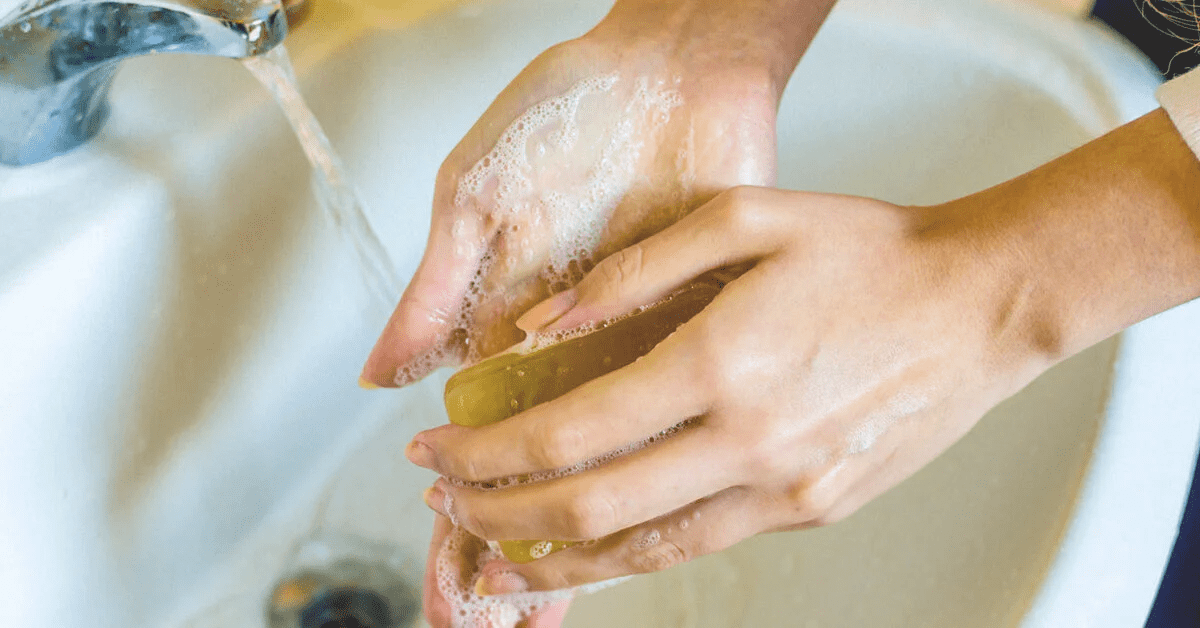
Source: Healthline
Bleach With Vinegar
On its own, vinegar is an excellent cleaning agent, especially when mixed with baking soda. However, mixing vinegar and bleach will release chlorine gas, which is unhealthy to inhale.
Vinegar has an acidic pH level, which will act as an acid when mixed with bleach. Baking soda act as a base here hence neutralizing the acidic nature.
It is better to pour vinegar into the sink or mix it with baking soda to make it more potent.
Also Read: Why Is My Kitchen Sink Gurgling?
Bleach and Acid
Acid and bleach shouldn’t be close to each other in containers; talk less about mixing them. Like in vinegar, bleach and acid form chlorine gas, but the toxicity is higher this time.
Some time ago, a researcher made an error by pouring bleach into a hydrochloric acid solution. The solution got a yellow color immediately, indicating the presence of chlorine. Luckily, the solution had only 5% of the acid, which made the error controllable.
It’s not common to have hydrochloric acid or any complex acids in the home. However, some home items like vinegar and lemon juice contain acids. Mixing bleach with these items will cause a similar reaction to chlorine gas.
Bleach and Acetone
Acetone is the most accessible type of ketone you’ll find. This organic chemical compound may be colorless but volatile and conducts heat rapidly.
If bleach and acetone combine, it forms a compound known as chloroform. Chloroform is a gas with high toxicity and can quickly damage your respiratory system.
If the bleach and acetone aren’t in high concentration, they may form phosgene. This compound may not be as dangerous as chloroform, but it affects the throat, nose, and eyes.
Important note: Acetone may not be available in its raw form, but it is present in nail polishes and shoe polish, amongst others.
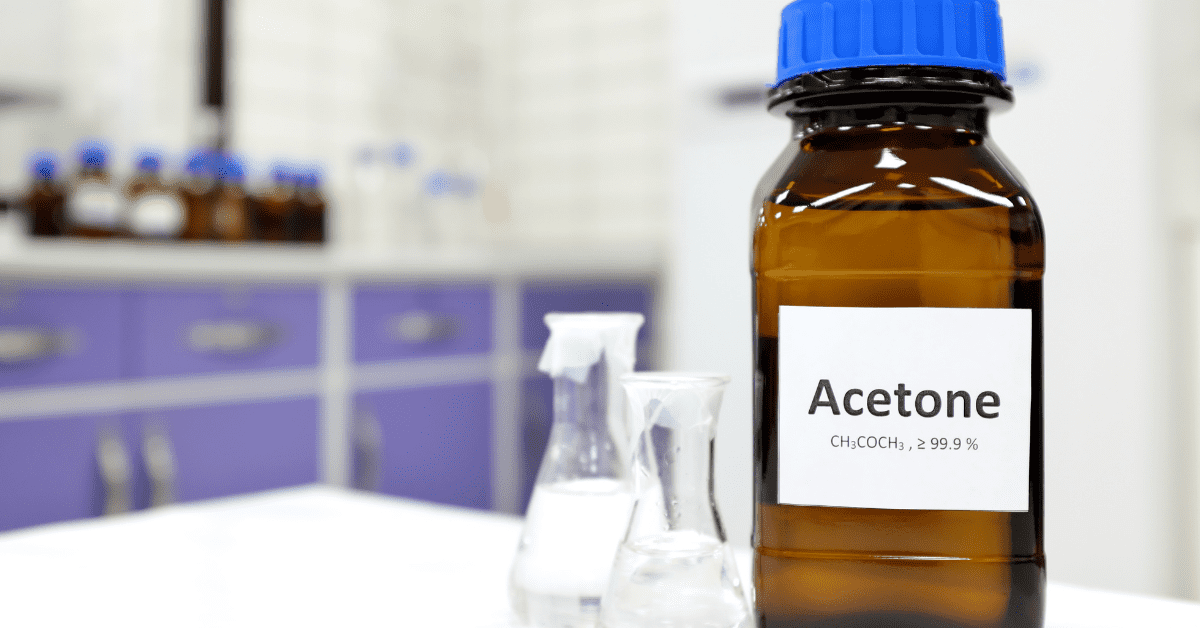
Source: Maratek Environmental
Bleach and Cleaning Agents
Bleach is a stand-alone cleaning agent that you shouldn’t mix with another agent. Most drain cleaners contain ammonia – a compound that combines with bleach.
When bleach mixes with ammonia, it forms a gas and toxic fumes known as chloramine gas. This gas is another form of chlorine gas; I have explained above that this poisonous chloramine gas is harmful.
Tip Mostly, bleach mixes with cleaning agents and other compounds in the U trap of the kitchen sink drain, especially when it’s a shared sink. The compound may get trapped in the P trap, and when it combines with bleach, it forms the gas.
Factors Affecting Bleach Reaction in Sinks
Bleach reacts with almost any compound, but how fast till this reaction occurs?
The factors affecting the speed of bleach reacting with any compound include the following;
- Bleach Concentration
- Bleach amount
- The concentration of the compound
Tip: As a general rule, rinse your sink thoroughly before you pour bleach or any cleaning agent or compound into it. That way, you take care of the bleach possibility in the sink.
Bleach and Septic Plumbing Systems
If your plumbing system has a septic tank, then bleach should be far from any drain.
These septic system tanks contain great bacteria that help break down clogs in the system.
Introducing bleach into any plumbing system means you want all bacteria out. Bleach may not be great for a clogged drain, but it will wipe out good or harmful bacteria.
This will make your septic system tank useless, and you’ll soon have plumbing issues.
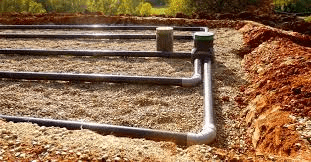
Source: The Old House
How to Pour Bleach Properly into A Sink
You need to avoid pouring bleach into any sink as much as possible. However, please follow the proper process if you have to pour it.
Here’s the best way to run bleach into any sink drain:
- Wear protective equipment covering all parts of your body.
- Rinse the sink with lots of water and leave the water running
- Pour the bleach gently at a designated spot.
- Rinse thoroughly with water
- Dispose of the safety gloves and wash your hands thoroughly
Cleaning alternative to bleach
Bleach is a toxic chemical compound that can affect anything. Instead of using bleach to clean your plumbing system, here are some drain cleaners alternatives;
- Chemical soap cleaners
- Enzyme soap cleaners
- Homemade soap cleaners
Important Note: Using chemical soap cleaners consistently can damage your plumbing system.
![How to Get Rid of Black Sludge in The Sink Drain? [9 Methods] How to Get Rid of Black Sludge in The Sink Drain? [9 Methods]](https://houseadorable.com/wp-content/uploads/2022/01/black-gunk-2.jpg)
![How to Unclog the Rv Kitchen Sink?-[9 Proven Methods] How to Unclog the Rv Kitchen Sink?-[9 Proven Methods]](https://houseadorable.com/wp-content/uploads/2022/02/rv.jpg)
![Can You Put Drano in a Dishwasher? [Answer Explained] Can You Put Drano in a Dishwasher? [Answer Explained]](https://houseadorable.com/wp-content/uploads/2023/04/Article53.Photo1_.Original-250x250.jpg)

![Why Is My Kitchen Sink Gurgling?[Reasons+Prevention Methods] Why Is My Kitchen Sink Gurgling?[Reasons+Prevention Methods]](https://houseadorable.com/wp-content/uploads/2022/12/gurgling.jpg)
![Why Does My Kitchen Sink Smell? [Causes+Solutions] Explained Why Does My Kitchen Sink Smell? [Causes+Solutions] Explained](https://houseadorable.com/wp-content/uploads/2022/10/sink-smell.jpg)
![How Does Kitchen Sink Plumbing Works? [Methods Explained] How Does Kitchen Sink Plumbing Works? [Methods Explained]](https://houseadorable.com/wp-content/uploads/2022/03/Plumbing.jpg)
